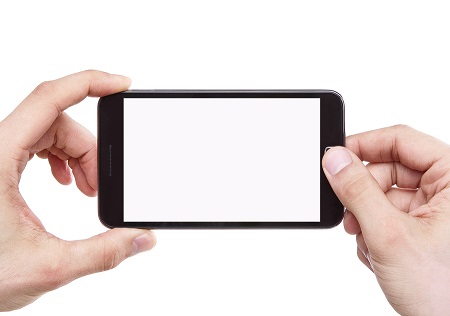AMA President, A/Prof Brian Owler, said Clinical Images and the Use of Personal Mobile Devices outlines the key ethical and legal issues that doctors need to be aware of before using a personal mobile device to take or transmit clinical images for the purpose of providing clinical care in the Australian health care system.
"Medical professionals routinely take clinical images while caring for patients," A/Prof Owler said.
"These images form part of a patient's medical record, so are subject to the same privacy and confidentiality principles as the rest of the record.
"With an ever-increasing range of portable devices available to the medical profession, it is important that doctors and medical students are aware of the benefits and risks associated with the use of this new technology in clinical settings."
Legal, ethical obligations
A/Prof Owler said the sharing of clinical images was extremely valuable for teaching and research purposes, but that medical practitioners also needed to heed the associated legal, professional and ethical obligations.
"The guide outlines the professionally appropriate processes of informed consent, documentation, capture, secure storage, disclosure, transmission, and deletion of clinical images, including de-identification and privacy legislation," he said.
"Under Australian privacy laws, clinical images should only be taken where necessary, and with consent where practicable.
"The images must be stored securely, and only disclosed where needed in line with the consent given, or if there is a legal obligation to do so."
A/Prof Owler said better systems need to be developed for integrating clinical images with the medical records of patients.
The guide was developed jointly by the AMA and the Medical Indemnity Insurance Association of Australia (MIIAA), with specialised input from the AMA Council of Doctors in Training (AMACDT) and the AMA Council of Salaried Doctors (AMACSD).
Key instructions
Consent to collection, use, and disclosure of clinical images taken with a personal mobile device
- Before taking a clinical image, consider the purpose for which you require the image and obtain appropriate consent.
- Make sure the patient understands the reasons for taking the image, how it will be used and to whom it will be shown.
- Document the consent process in the health record. Check what your health service/hospital requirements are for written consent.
- Never send a clinical image to anyone else unless you have the patient's consent to do so, or the patient would reasonably expect you to send the image for the purpose of their clinical management or you are otherwise permitted by law to do so.
- If the clinical image is sent to the wrong person, patient privacy has been breached. In these circumstances you should seek advice from hospital management or your medical defence organisation.
Storage and security of clinical images
- Find out what your health service/hospital policy is for storing clinical images, and what systems your hospital has in place to facilitate the storage of digital images
- Make sure clinical images do not auto upload to any social media networks or back-up sites
- Delete any clinical image after saving it onto the health record
- Have controls on your mobile device to prevent unauthorised access













